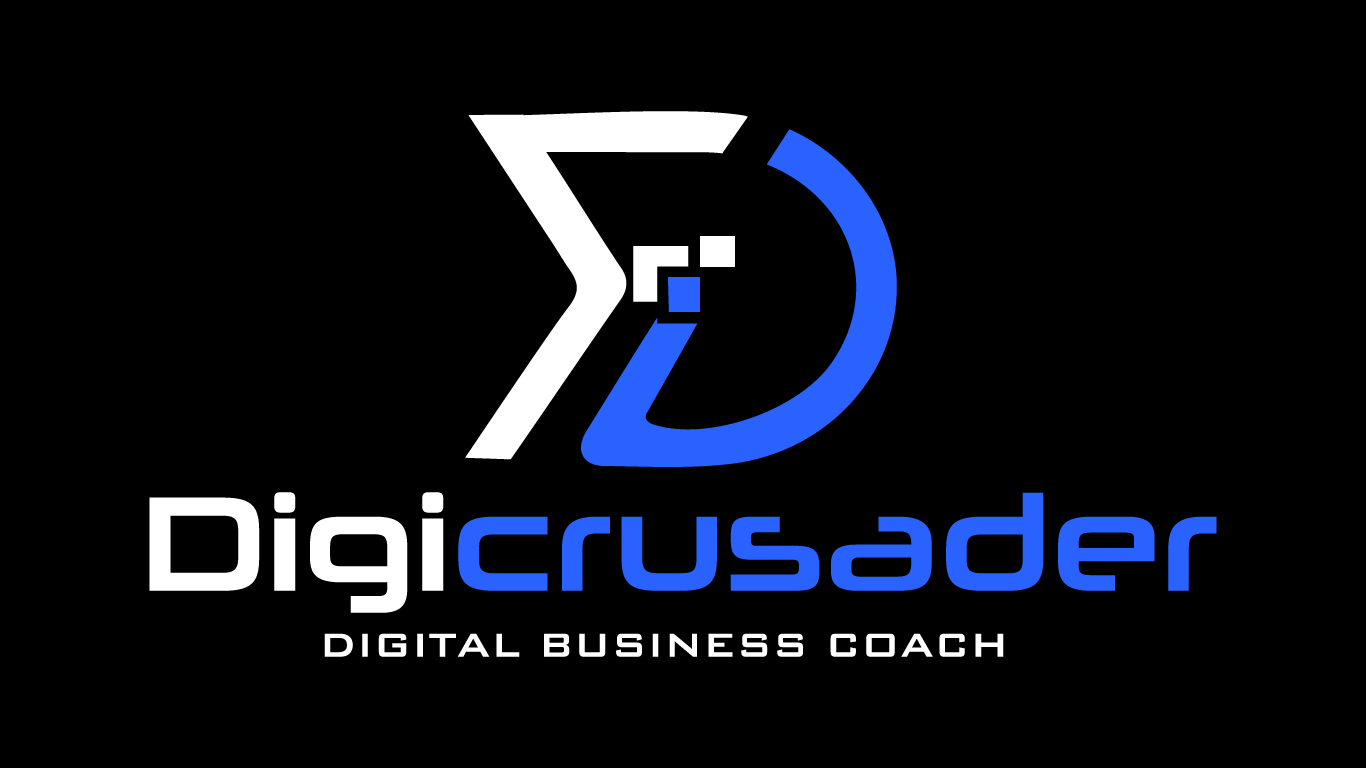For decades, the healthcare landscape relied on paper-based medical records – a system fraught with inefficiencies and limitations – but a revolution began with the advent of Electronic Health Records (EHRs), which have transformed healthcare delivery by fostering improved communication, collaboration, and ultimately, better patient care. These digital repositories of a patient’s medical history have enabled healthcare providers to access critical information instantly, streamline clinical workflows, and make informed decisions. The benefits of EHRs are multifaceted, enhancing patient care, improving population health management, and facilitating research and analytics.
Moreover, EHRs have paved the way for seamless integration with other healthcare technologies, such as medical billing credentialing services, which ensure that healthcare providers are properly credentialed and reimbursed for their services. As EHRs continue to evolve, it is crucial to address the challenges and considerations surrounding their optimization, including data security, interoperability, and user experience, to harness their full potential and drive meaningful improvements in healthcare delivery. By leveraging EHRs and complementary technologies like medical billing credentialing services, healthcare providers can deliver high-quality, patient-centered care, while navigating the complex healthcare landscape with efficiency and precision.
From Paper Charts to Digital Revolution: A Historical Perspective
The journey of EHRs dates back to the 1960s, when healthcare providers began experimenting with computerized patient information systems. Early efforts were limited by technology constraints and a lack of standardization. However, the 1990s saw a surge in EHR adoption driven by advancements in technology and growing recognition of the potential benefits. The 21st century witnessed significant progress:
- The rise of interoperable systems: Standardized data formats and communication protocols allowed EHRs from different providers to exchange information seamlessly, promoting continuity of care.
- Integration with other healthcare technologies: EHRs became integrated with various digital tools, including telehealth platforms, medical imaging systems, and laboratory testing software, creating a more comprehensive view of a patient’s health.
- Focus on patient engagement: Modern EHRs increasingly incorporate patient portals, allowing patients to access their health records, track their progress, and communicate with healthcare providers more efficiently.
The Advantages of EHRs: A Boon for Patients and Providers
EHRs offer a multitude of advantages for both patients and healthcare providers:
For Patients:
- Improved care coordination: EHRs ensure all healthcare providers involved in a patient’s care have access to a complete medical history, promoting coordinated treatment plans and avoiding duplication of services.
- Enhanced medication management: EHRs can help identify potential drug interactions and ensure medication adherence by generating medication reminders and tracking refill needs.
- Empowerment through access: Patient portals within EHRs give individuals greater access to their health information, fostering a sense of ownership and accountability for their well-being, and enabling them to take a more active role in their care, which is particularly beneficial for specialty practices like dermatology, where patient engagement is crucial, and dermatology practice management software can help streamline patient communication and data management.
- Improved communication with providers: Secure messaging features within EHRs allow patients to ask questions, share concerns, and receive timely feedback from healthcare providers.
For Healthcare Providers:
- Enhanced efficiency and productivity: EHRs streamline administrative tasks such as charting, medication prescribing, and referral generation, allowing healthcare providers to dedicate more time to patient interaction.
- Improved decision-making: EHRs provide a comprehensive view of a patient’s medical history, facilitating more informed diagnoses and treatment plans.
- Reduced errors: EHRs can help eliminate medication errors and improve care consistency by automating tasks and providing clinical decision support tools.
- Enhanced research opportunities: Aggregated anonymized data from EHRs can offer valuable insights for medical research, leading to better treatments and improved public health outcomes.
Challenges and Considerations for Continued Optimization
Despite the undeniable benefits, challenges remain in maximizing the potential of EHRs:
- Interoperability Issues: Although progress has been made, ensuring complete interoperability between different EHR systems remains a challenge, hindering seamless data sharing across healthcare providers.
- Data Security and Privacy: Safeguarding sensitive patient data within EHR systems is paramount. Robust cybersecurity measures and adherence to data privacy regulations are essential for building trust.
- Usability and Workflow Integration: Not all EHR systems are user-friendly, and extensive data entry can add to the workload of healthcare providers. Optimizing EHR interfaces and ensuring seamless workflow integration are crucial.
- Cost Considerations: Implementing and maintaining EHR systems can be expensive for healthcare organizations, particularly smaller practices. Addressing affordability concerns is crucial for wider adoption.
A Collaborative Approach for a Future-proof System
Optimizing EHRs for the future requires collaborative efforts:
- Healthcare Providers: Providing feedback on EHR usability, participating in interoperability initiatives, and adopting best practices for data security are key roles for healthcare providers.
- Policymakers: Enacting clear regulations to promote interoperability, strengthen data security measures, and address affordability concerns are essential for policymakers.
- EHR Developers: Focusing on user-friendly interfaces, integrating with other healthcare technologies, and prioritizing affordability are crucial for EHR developers.
Conclusion: A Digital Future for a Healthier Tomorrow
EHRs have revolutionized healthcare delivery, enhancing efficiency, improving communication, and ultimately leading to better patient care. By addressing the challenges, fostering collaboration, and investing in continued innovation, EHRs can evolve to become even more powerful tools in the healthcare arsenal. As the digital future of healthcare unfolds, EHRs hold the potential to personalize care, empower patients, and optimize healthcare delivery, leading to a healthier future for all.











